The Romans founded the city of Barcelona at the end of the 1st century; however, the first evidence of human settlement in the region dates way back to the Neolithic period. The Romans established a colony known as Barcino, which originally consisted of approximately 1,000 inhabitants. A defensive wall, the remains of which can still be found in the old part of the city, protected the original settlement.
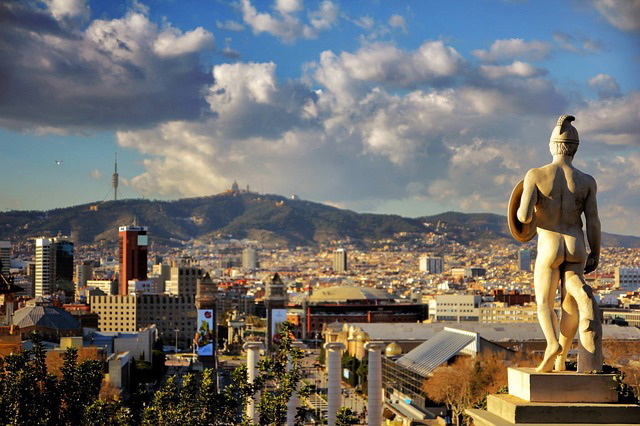
Barcelona started out under Muslim rule and remained that way for around 200 years. Following Christian re-conquest, Barcelona became one of the main residences of the court of the Crown of Aragon. During the medieval period, the city of Barcelona established itself as the economic and political hub of the Western Mediterranean. The splendours enjoyed by the city during this time period can still be seen today in the Gothic Quarter of the city.
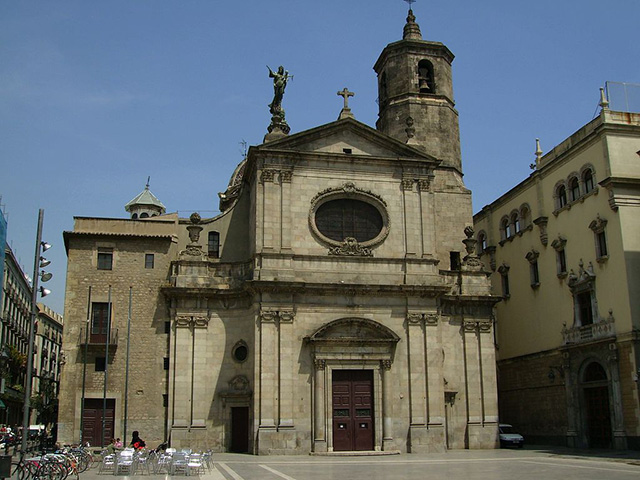
At the start of the 15th century the city spiralled into a period of decline. It struggled greatly both economically and politically. The decline finally came to an end in 1714 after the city fell to the Bourbon troops. The arrival of the textile industry in the 19th century brought about a period of cultural recovery in the city. This period is known in the history of Barcelona as the Renaixença period.
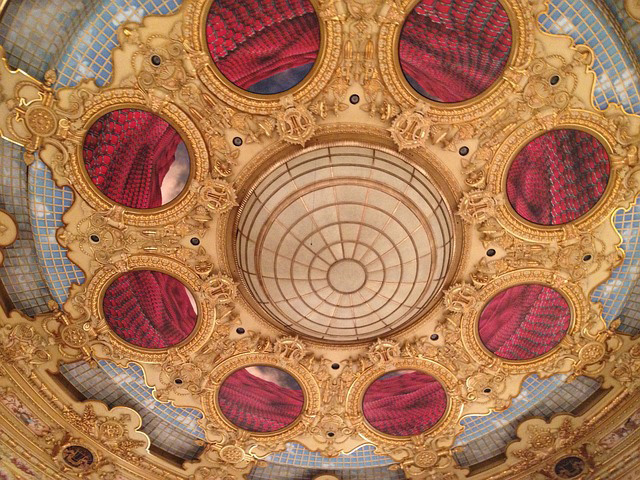
The 20th century brought about a huge renewal in the city of Barcelona. The city was greatly urbanized during this period as is showcased specifically by the Eixample district. Within this landmark area of the city tourists can discover some of the city’s best modern, art nouveau buildings, built in a distinctive Catalan style. Antoni Gaudí, a well-respected Catalonian architect, designed a large number of the most well celebrated buildings in the area. Some of these buildings are now world famous and attract thousands of tourists every year, including the Casa Milà, the Casa Batlló, and the Sagrada Família church.
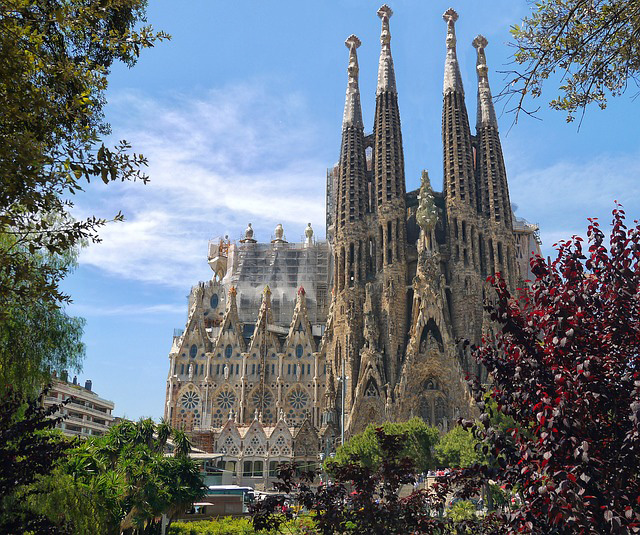
This period also saw a lot of freedom for the people of Barcelona. However, the Civil War of 1936 greatly restricted this freedom. Following the Civil War the city subsequently experienced a period of dictatorship; it wasn’t until 1978 that democracy was reinstated once again. Once this occurred, Barcelona began to regain its economic strength once more. The Catalan language was also restored to its former glory.
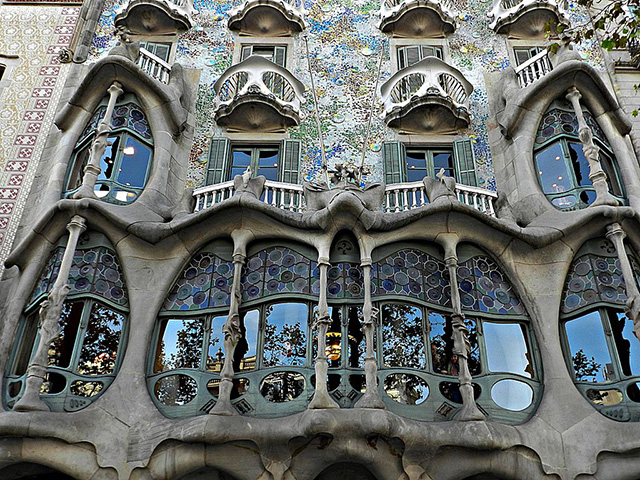
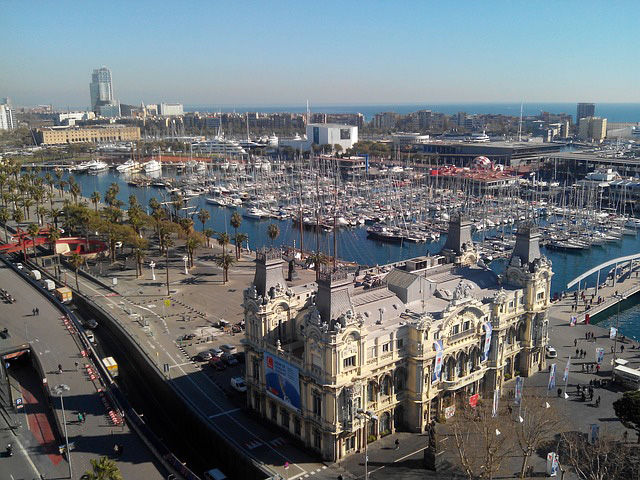
Today, the magnificent buildings, many of which are laden in history, will stun tourists in Barcelona. Whether you choose to explore Gaudi’s modernist masterpieces, or gawk at century-old buildings in Gotica, it won’t be long before you discover why so many refer to Barcelona as one of the most aesthetically pleasing cities in the world. It is a city bursting with exciting tales from the past. Look out for Things to do in Barcelona Part 2: Food and Culture Tour.
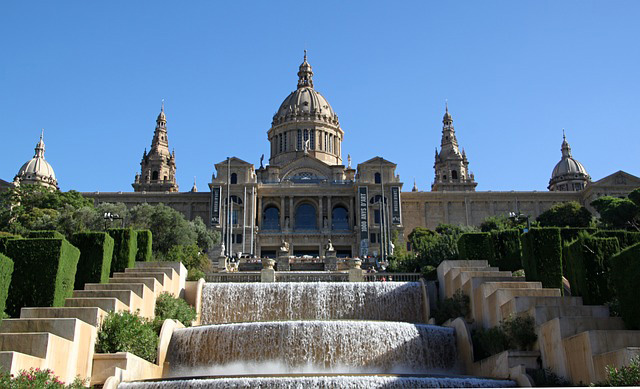

[…] Spain. Barcelona is a beautiful city with stunning architecture and a fascinating history. In the first post of Things to do in Barcelona, we uncovered its history. Today, we explore its exciting food […]